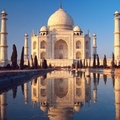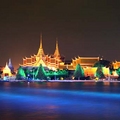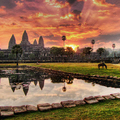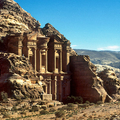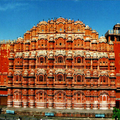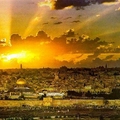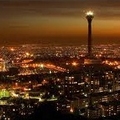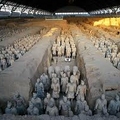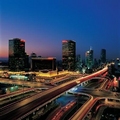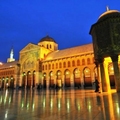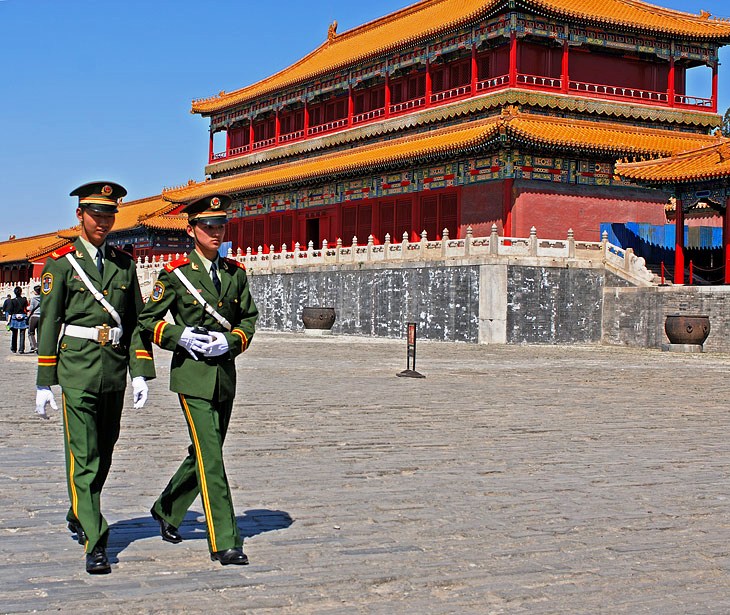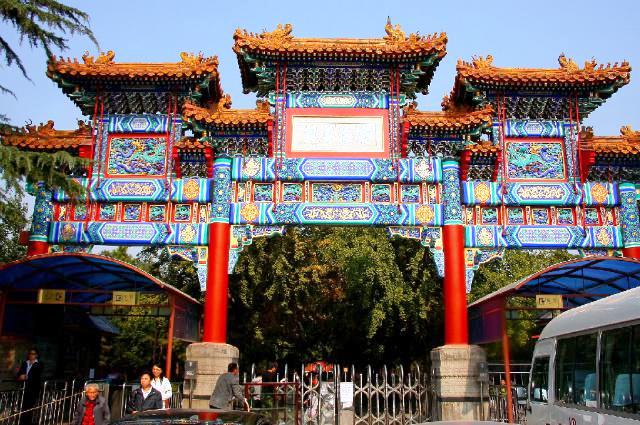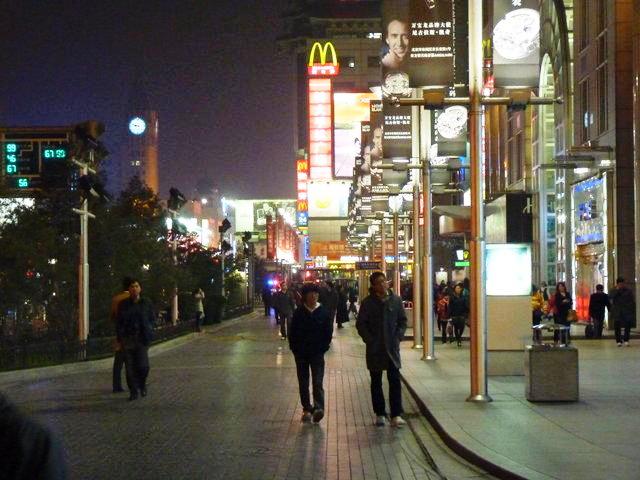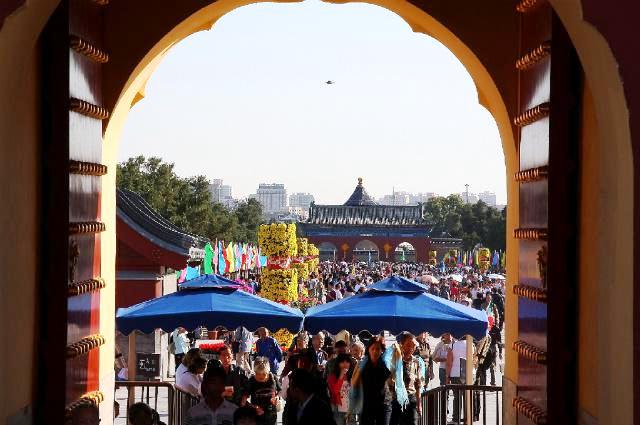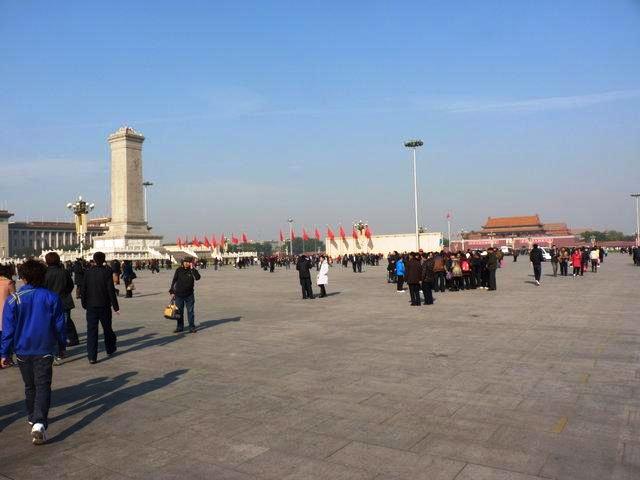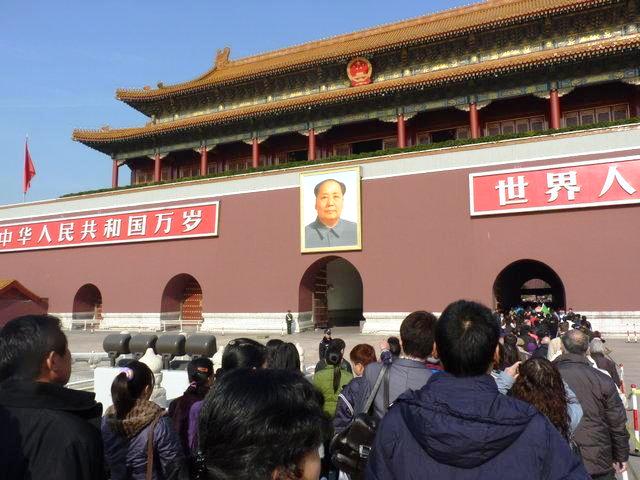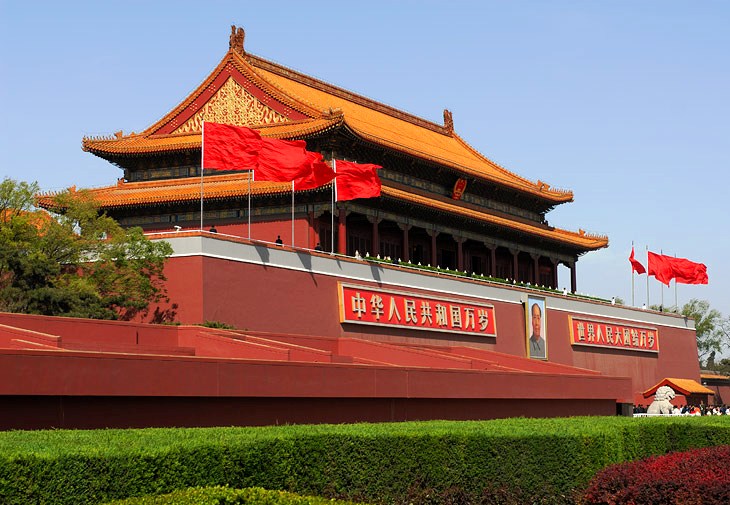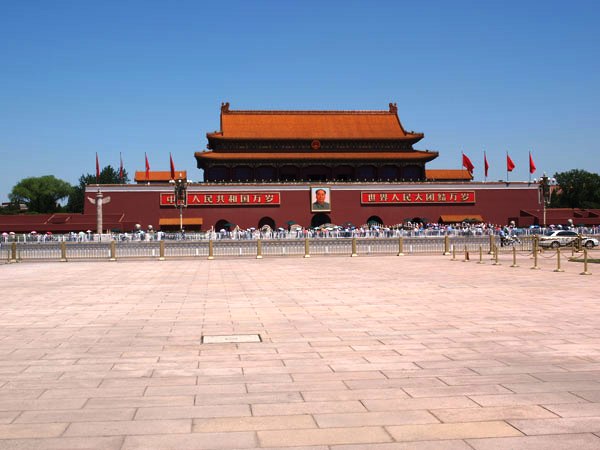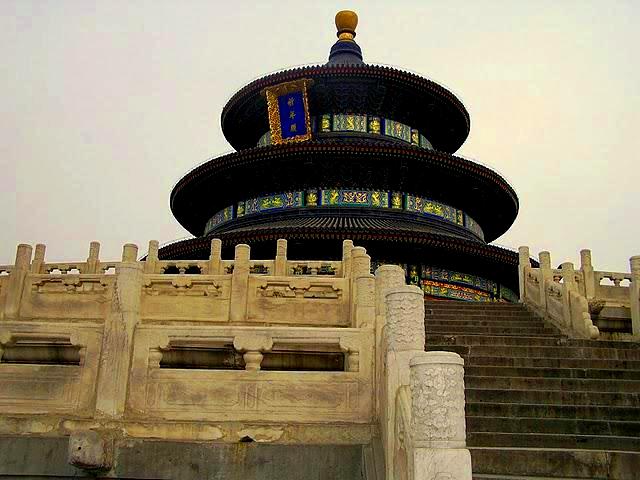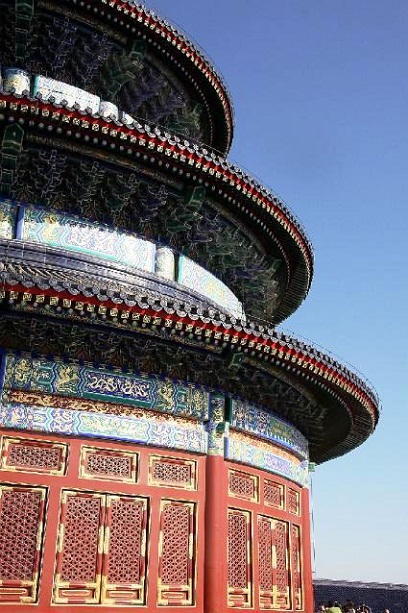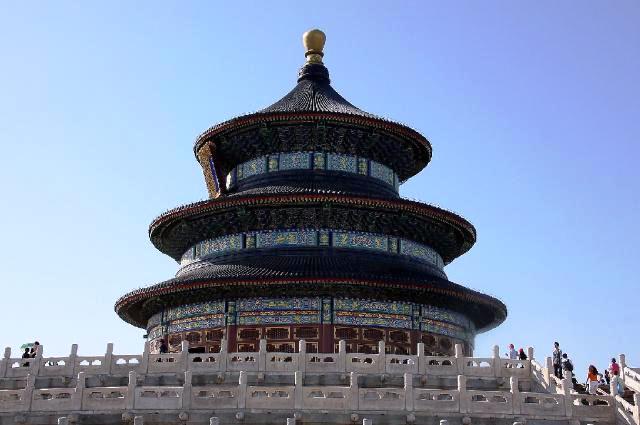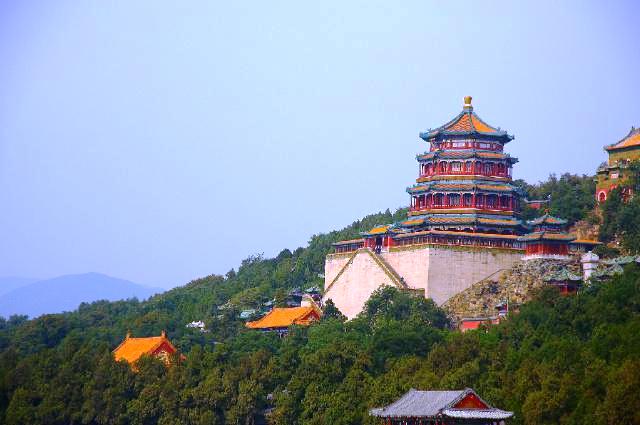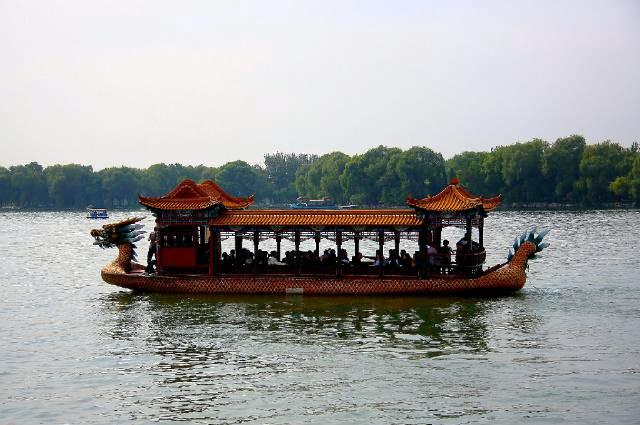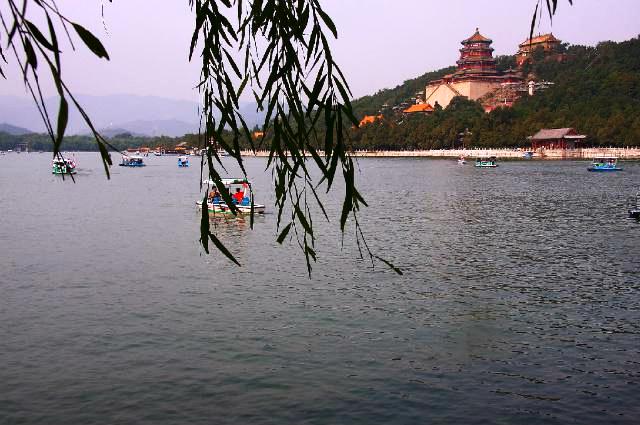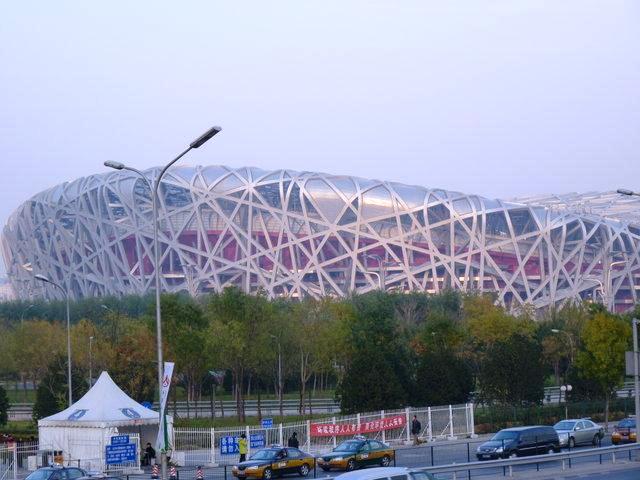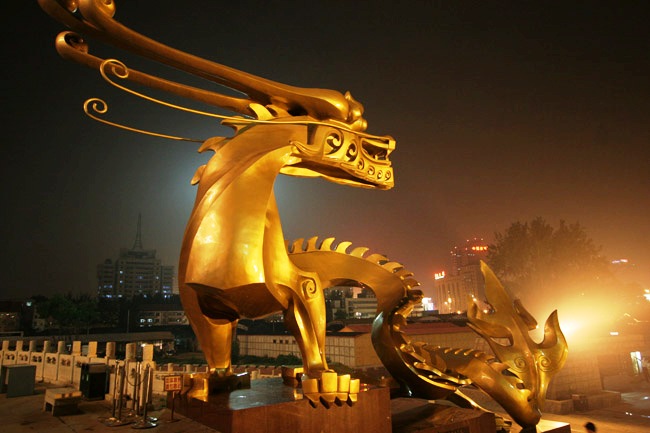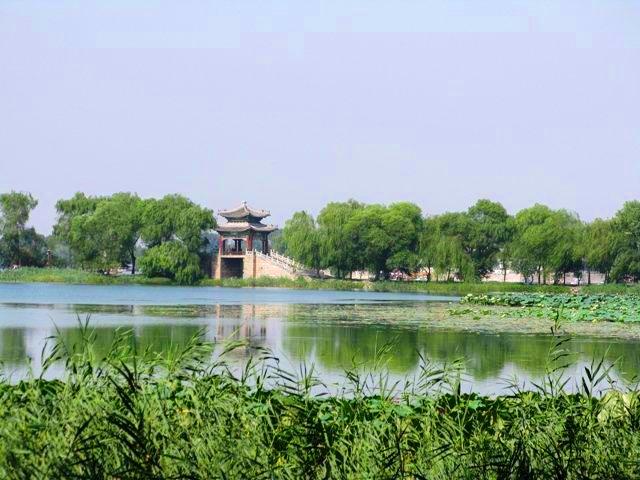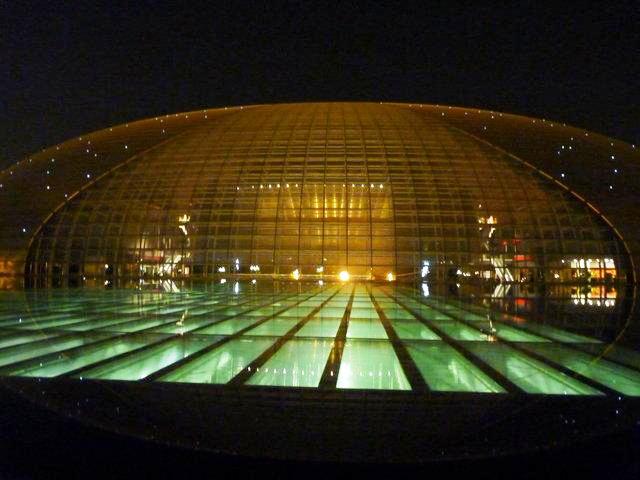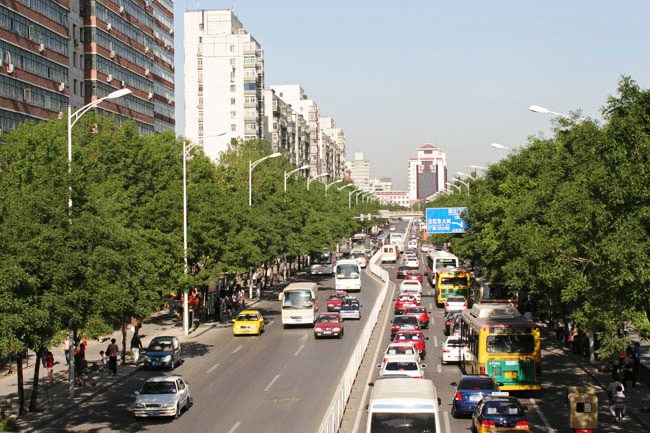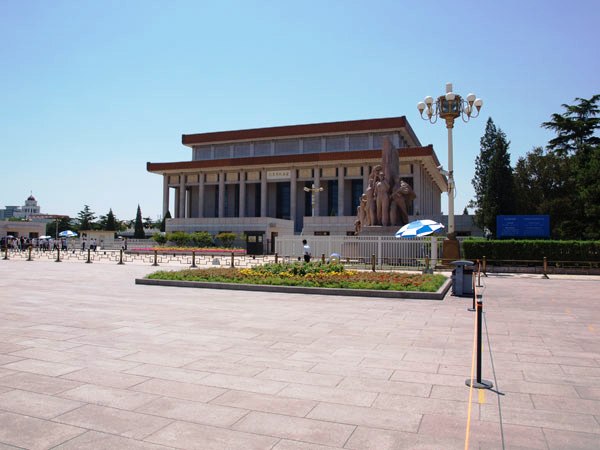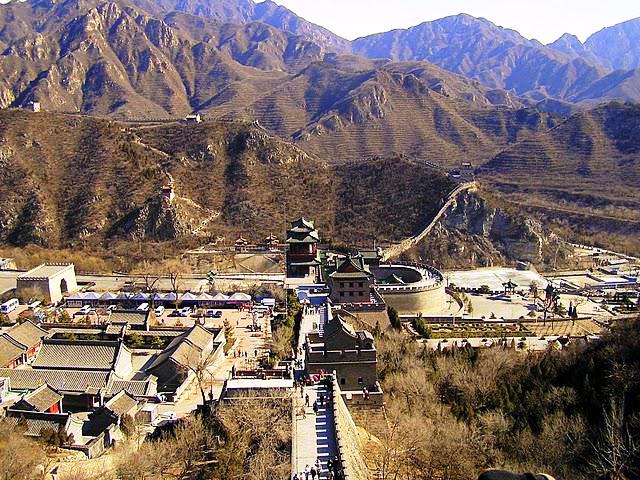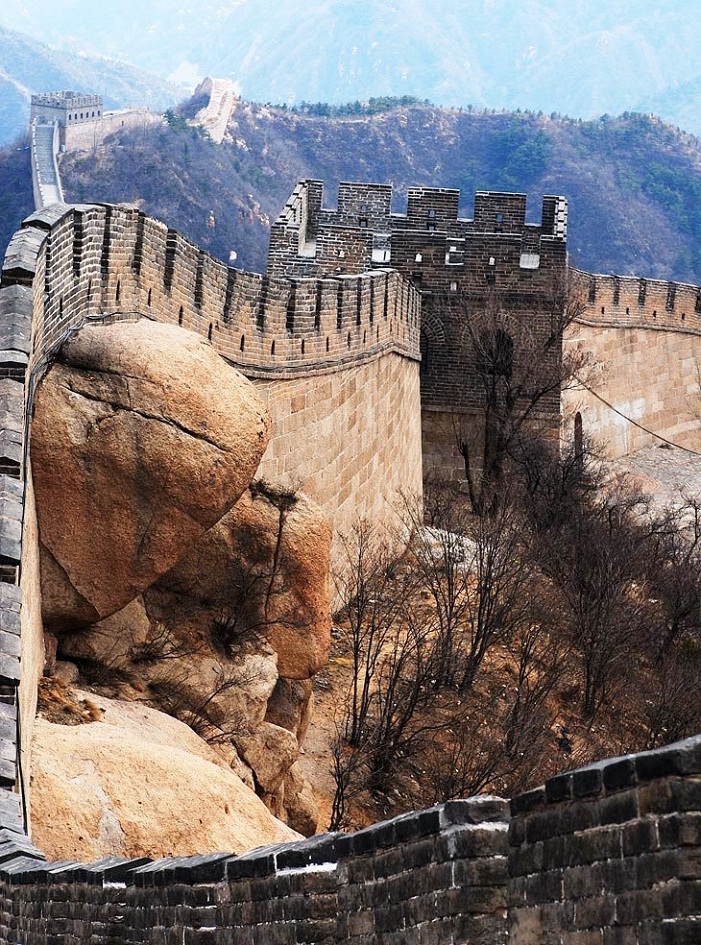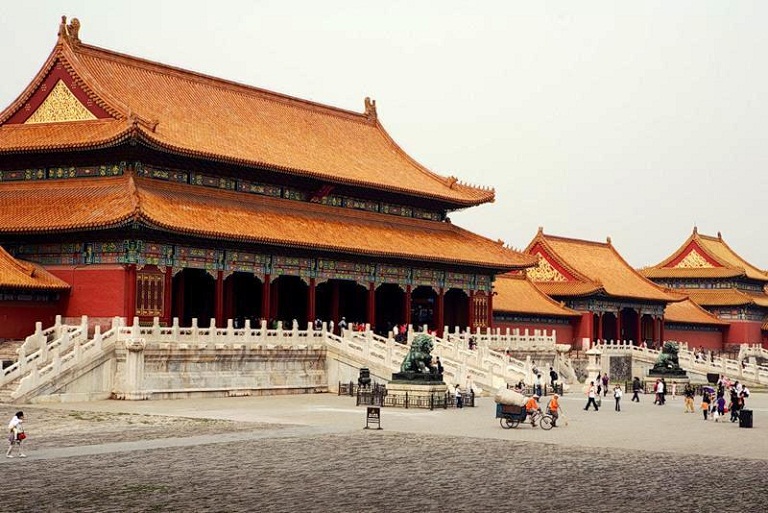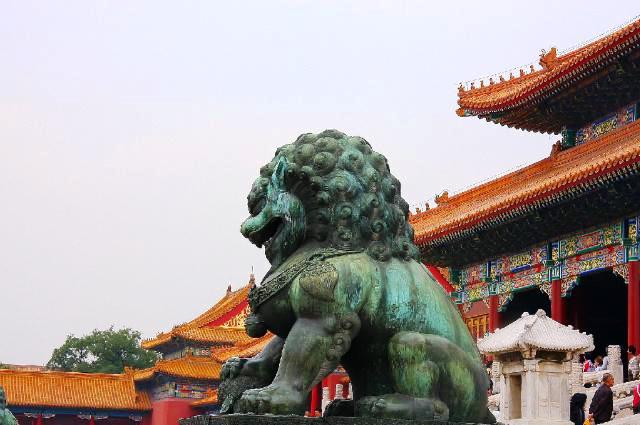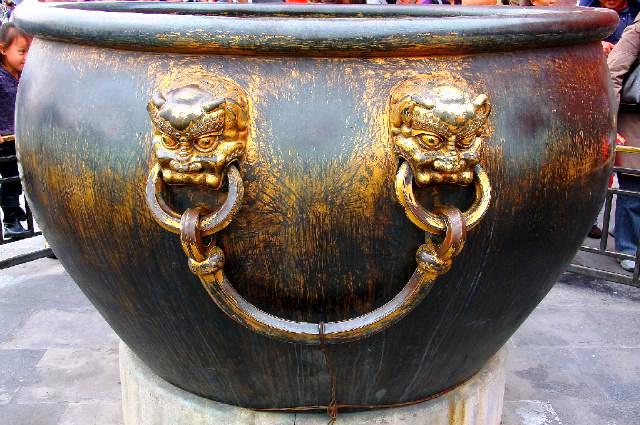Beijing is the political, economic and cultural centre of China and one of the six ancient cities here, together with Xian, Luoyang, Kaifeng, Nanjing and Hangzhou. It is located in Northern China, in the proximity of Tianjin and Hebei province and covers an area of over 16,410 km², with a population of approximatively 15 million inhabitants. The city is governed as a municipality. Beijing Municipality has a political status equivalent to that of a sheng (province) and is under the direct administration of China's central government. The city is divided into 10 urban districts (ch'u), surrounded by eight counties (Hsien), which were annexed as a result of the intense urban development in the second half of the 20th century.
Unlike most large cities in the world, Beijing does not feature a specific downtown area. Instead, there are three delineated and concentric zones: the traditional core, located right in the center is formed by two walled cities, the northern inner city and the southern outer city, among which the oldest is the inner city also called Tatar City. One of the most striking features of this part of Beijing is its symmetrical, rectangular positioning, along a straight line ordered from north to south. Here there can be found different monuments, such as the Temple of Confucius, the Drum and Bell Towers. To the south, the largest shopping area of Beijing is located. Also to the south, there is the Forbidden City, an area surrounded by 11-meter high walls, inside which there are palaces, temples and halls used by the emperors of China between 1421 and 1911. The second major area of Beijing would be the suburb area, where the new factories, schools, administrative buildings and workers' homes are located; the third area, the outer suburbs, is represented mostly by municipal land.
Throughout history, Beijing was the place where major events have occured, from politics to commerce and culture, and nowadays, those who come here have the chance to discover not only the millenary traditions and past, but also the changes that modern development has brought to the city. Thus, Beijing is an impressive metropolis, with a bustling rhythm of modern life in constant change, as well as a true legend, a city whose history began to be written hundreds of thousands of years ago. According to scientific researchers, the city began to develop more than three millennia ago, while long before that, the region was inhabited by the ancestors of Homo sapiens. Beijing has had a dramatic history, becoming the center of Chinese economic and military power, after fighting invaders and foreign powers, recovering from devastating fires -the place where some of the most powerful imperial dynasties have emerged and faded. Beijing was the capital city of China for more than eight centuries, starting with the rule of the Yuan Dynasty (1271-1368), to the Ming Dynasty (1368-1644) and Qing Dynasty (1644-1911). Thirty-four emperors have ruled China from Beijing, and from the very beginning, the city was an economic, cultural and political centre, a true legend of the East.
Founded in approximatively 700 BC by the Zhou dynasty as a border city, Beijing was the capital city of the State of Yan (722-481 BC) until the unification of China in 221 BC by Shih Huang-ti, the first emperor of the Qin Dynasty. From 947 AD until 1125, Beijing has served as secondary capital for the Liao dynasty and the main capital for the dynasty that succeeded it, the Jin dynasty (1126-1234). It later became the capital of the Yuan Dynasty (1279-1368), Ming Dynasty (1368-1644) and Qing Dynasty (1644-1911). In 1420, under the rule of Ming Dynasty, the city was called Beijing, meaning "northern town" in Chinese. Boxer Rebellion (1900-1901) began in Beijing as an attempt to remove the colonialist influences in the city. The second Sino-Japanese War (1937-1945), in which Japan tried to conquer China, began with the Marco Polo Bridge incident in the city. From 1911 to 1949, during which the capital city was moved to different other cities, including Nanjing, Beijing was called Beiping ("Northern Peace" in English). In 1949, when the Republic of China was created, the city became the capital again and has returned to its old name.
Although Beijing is a modern metropolis nowadays, it has succeeded in preserving the charm of the past, so that you will be able to discover "ancient Beijing" in its numerous temples, fairs, teahouses in Hutong or in Beijing Opera. It is amazing how the old city, with its streets and buildings, always crowded and animated, combines with the modern buildings and the rhythm of life of the XXIst century. China boasts the largest central square in the world, Tian'anmen Square, with the Forbidden City- a unique architectural complex in the world, a well-preserved portion of the Great Wall of China, and the Temple of Heaven, one of the largest and most beautiful in the world. Thousands of tourists from around the world, as well as inhabitants of other cities in China, come here to discover the true treasures dating back centuries ago. Yet the city is remarkable not only with the cultural and tourist attractions, as a simple walk on the streets of Beijing will offer you the image of a stunning metropolis with skyscrapers, shopping malls always overcrowded and huge traffic.
It is not an easy task to make a list of tourist attractions that are worth visiting in this huge city. Yet the mandatory destination for anyone who gets for the first time in Beijing, remains the famous Forbidden City, a unique architectural masterpiece in the world. In total, there are 9999 rooms here, one less than the number that symbolizes "the divine perfection” in Chinese tradition. Unfortunately some of the rooms, once with extraordinary furniture and decorations have been registered degradation over time. The Chinese government initiated an extensive restoration program, and now over 8,000 of the rooms have been refurbished and boast again the charm of the past. It is an ambitious and costly project, yet totally suitable for the palace that has been for five decades China's administrative center and residence of emperors and empresses of the Yuan Dynasty (1271-1368), Ming (1368-1644) and Qing (1644-1911).
Tiananmen Square is the largest central square in the world, and it is not just a symbol of Beijing but also of the entire country. This huge space is comparable with Kremlin and is surrounded by many important buildings and institutions: Museum of Chinese Revolution, Mao Mausoleum, Tiananmen Tower, Qianmen. Every day at sunrise and sunset, there takes place the demanding and complicated ceremonial lifting of the Chinese flag, an unforgettable show for those who discover it for the first time.
The Great Wall of China is on the list of ancient wonders of the world up till today, as well as on that of protected sites, part of world heritage. This huge construction, built in the past to protect the city from the attacks of invaders, lies on the territory of five provinces, being 6,700 km long, from Shanhaiguan Passin in the east to Jiayuguan in the west. In the past, the Great Wall was often compared to a gigantic dragon that runs across China and is said to be the only construction that can be seen from the Moon. Just outside Beijing, a part of the impressive structure can be admired and the view is truly unforgettable.
Beijing also features numerous temples that have preserved their religious importance; these can also be considered true works of art and architecture. The most important temple complex is known as the Temple of Heaven, the largest in the country, built in the sixteenth century and very well preserved nowadays. This is not the only temple in Beijing. Here you can visit the White Cloud Taoist Temple, one of the oldest here, and Confucius Temple, where you will get to understand how important faith is in the life of Chinese people. Among the other attractions in Beijing, there are also: the tombs of the 13 Ming emperors, Bell and Drum Towers, the Old Observatory (built during the reign of Kublai Khan), Silk Market, Botanical Gardens, Temple of Azure Clouds, Prince Gong Villa. The city offers countless historical sites and places of scientific importance. However, not all of these sites are within the city.
If looking for peace and serenity after visiting all these attractions, a walk through one of the many parks in Beijing could be the perfect option. The most beautiful is Beihai Park, built long ago before the Forbidden City, one of the places where the ancient emperors of China used to visit. Today the park is open to everyone and has numerous pavilions and walkways, among which the Five Dragon Pavilion, and a small lake with an island, situated right in the center of the park. The Summer Palace should not be avoided too, as it is a huge imperial-style garden of stunning beauty, a model in the history of Chinese gardens.
Beijing is the cultural center of China. The most imposing academic institution is the University of Beijing, founded in 1898 and reorganized in 1952 to include the Zinghun (1928) and Yanjing University (1919). Being the center of ancient Chinese civilization for more than 500 years, it hosts many of the most important cultural institutions in the country, including the Museum of Chinese History. Beijing National Library has a collection of over 11 million volumes. In addition, in Beijing there are 50 other major research and education institutions. The Palace Museum has the largest and most diverse collection of cultural objects of all museums in the country. Beijing Opera and Ballet, which offers a variety of traditional Chinese shows along with avant-garde performances, have an international reputation.
The most suitable places for shopping are Yansha Mall, Tiananmen Square, Wangfujing Street, Guomao Shopping Mall, Qianmen Street and Xidan Street; besides, one can find various shops and a rich offer almost everywhere. Be aware that shops in the summer and especially shopping malls in Beijing are open from 9 am to 9 pm, while during the cold period they close one hour earlier. You can pay by credit card in all supermarkets and smaller one, yet you will always need cash for street vendours. Chinese traditional art lovers will find here art works of the four representative arts: cloisonne (Jingtailan), ivory carvings (Yadiao), jade objects (Yuqi) and varnished pieces (Qidiao). You can also find clay figurines (Niren), fabrics and other products, handicraft shops or stalls here.
If shopaholics will feel truly pampered here, finding both Chinese and imported products, of many prestigious brands, gourmets and lovers of Chinese food will feel like in heaven too. No other city in the world boasts so many traditional restaurants, with opulent and extravagant dishes, covering eight different styles of Chinese cuisine, complemented by numerous Western-style seafood restaurants. Modern hotels in Beijing also fit the highest demands, offering the best service.
By Maria Morari
Others
Top cultural destinations in Asia .
A bustling melting pot of modernity and history, Asia is an enchanting and exotic land, with fascinating places, gorgeous landscapes, welcoming people and intriguing culture.
Check out our selection of the best cultural destinations in Asia to discover and explore the beautiful Asia and its culture!

